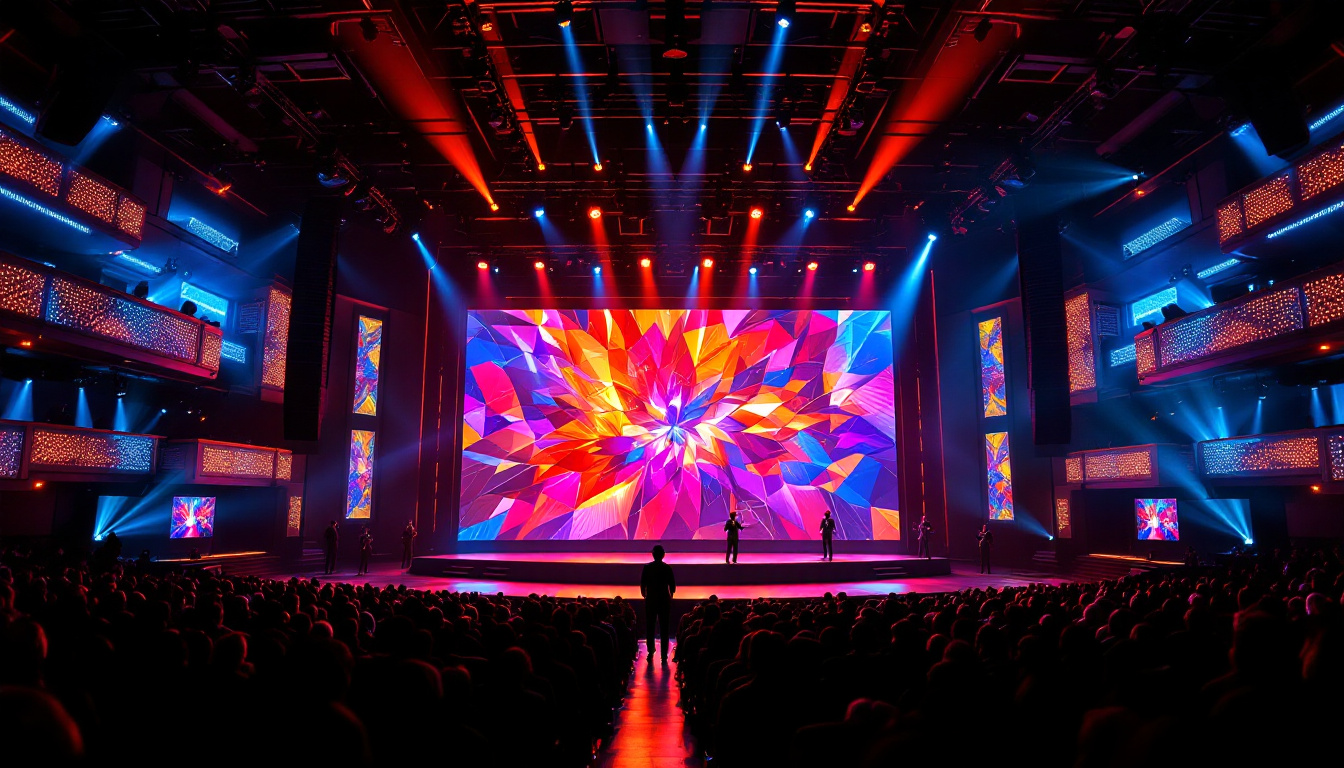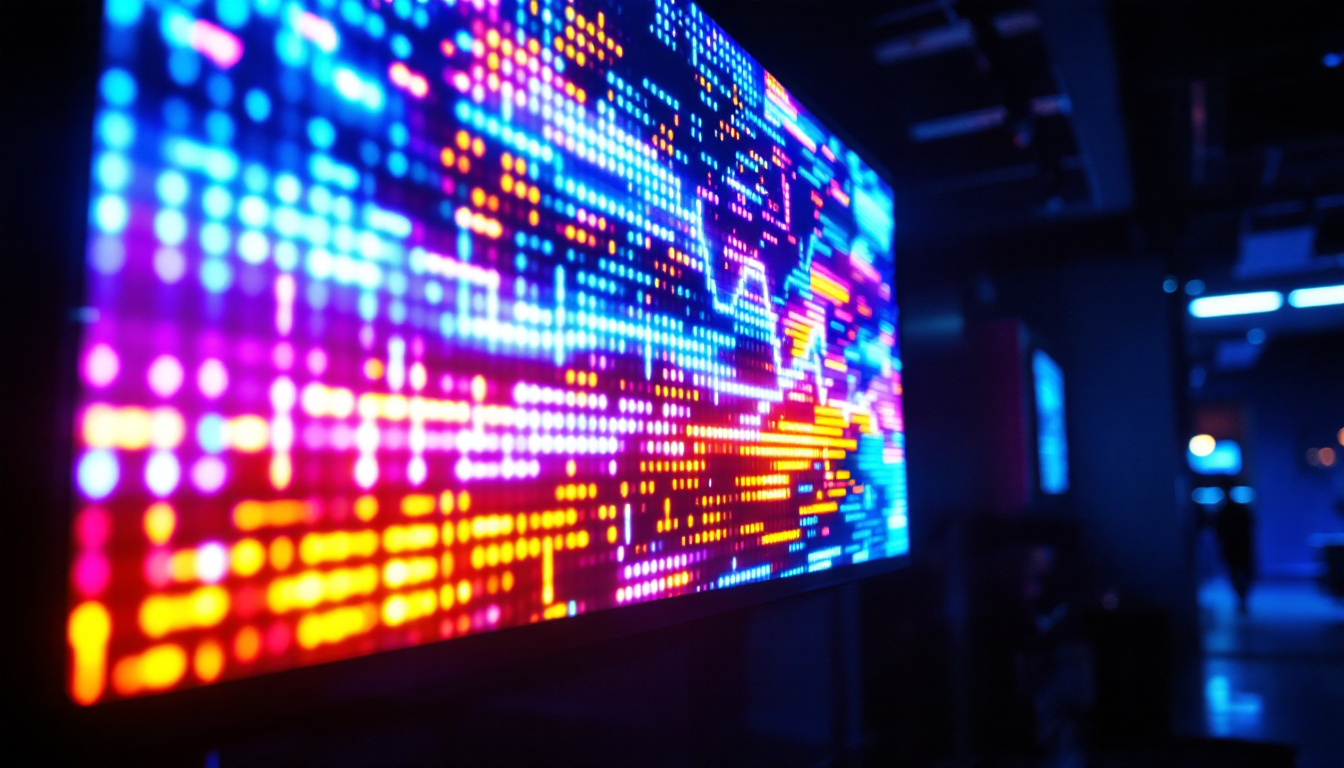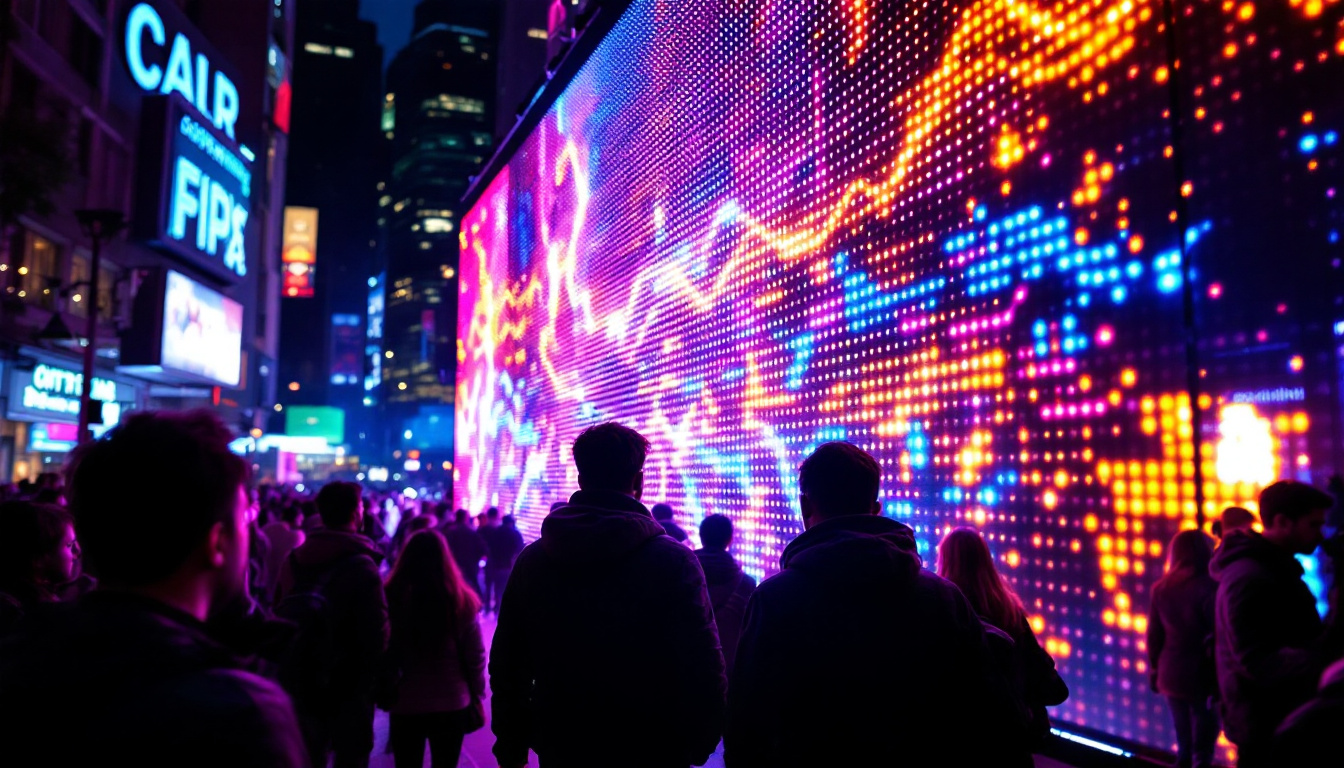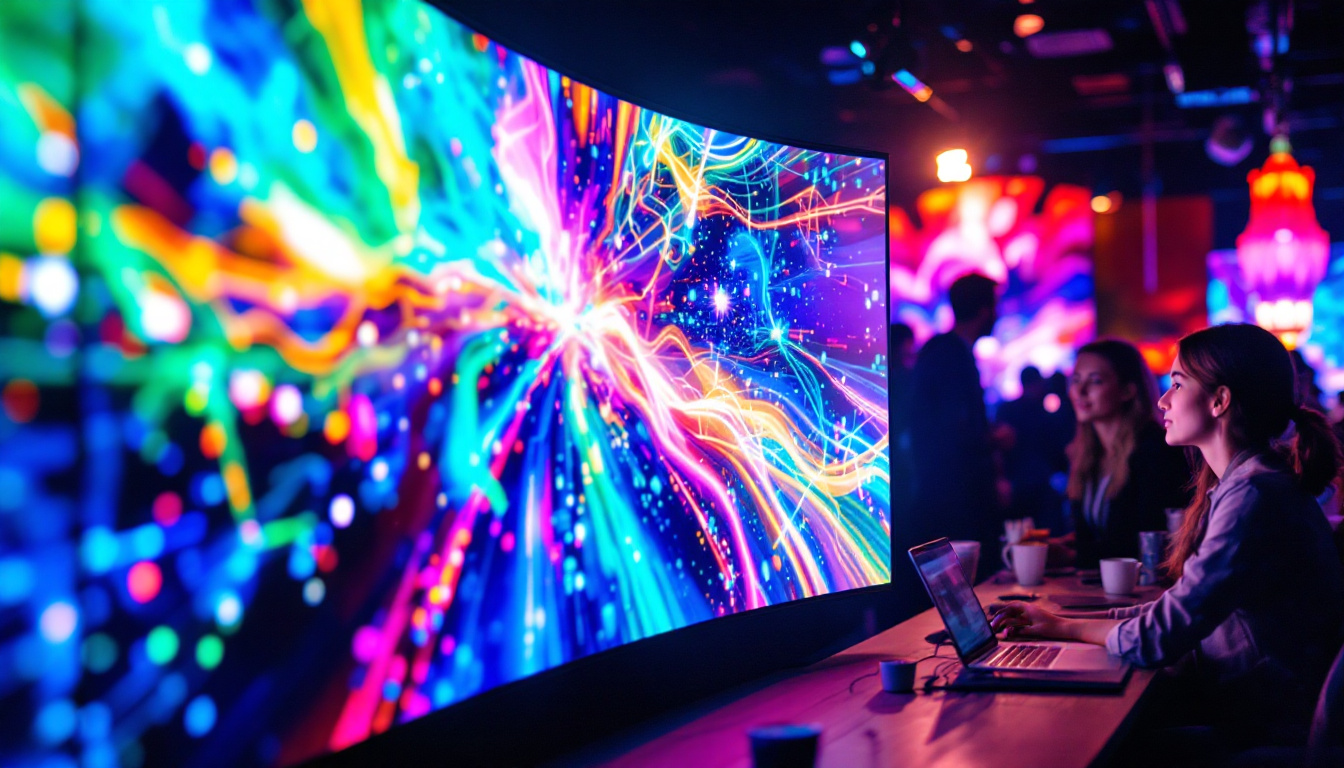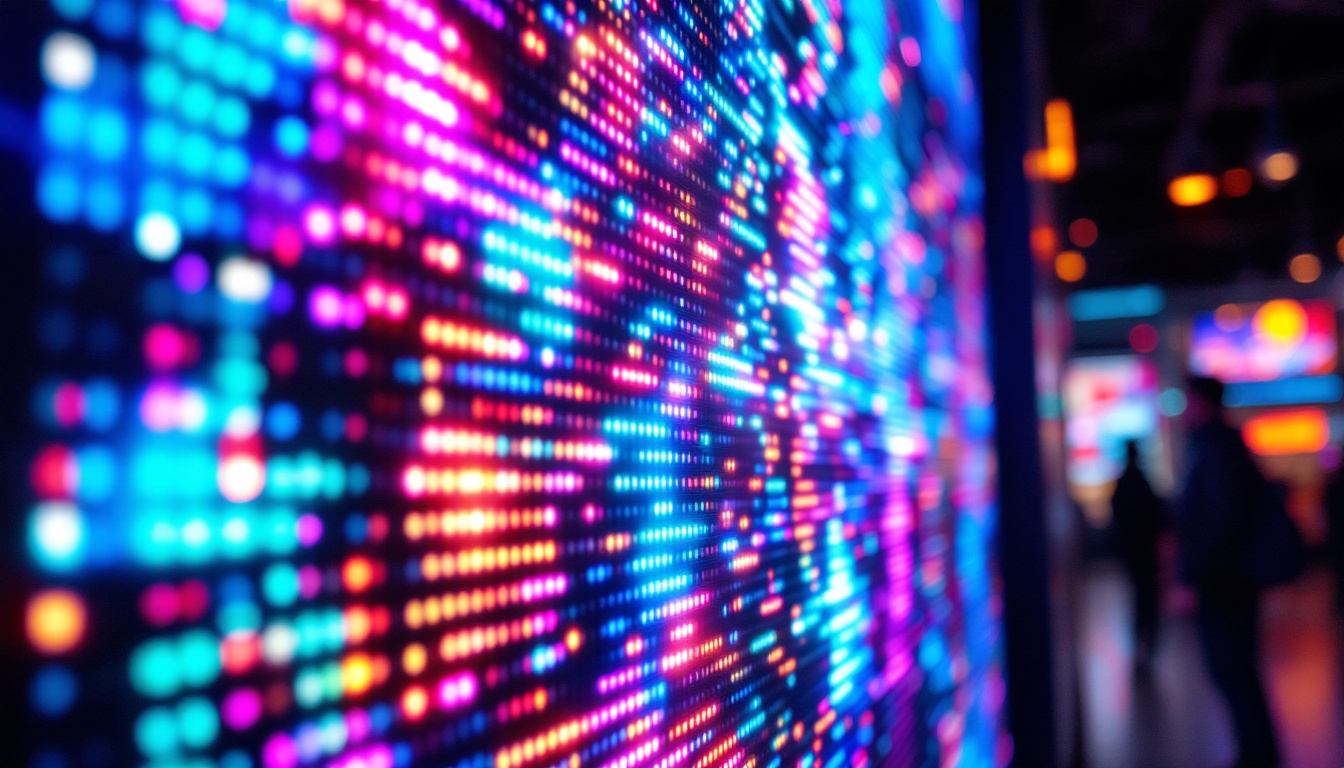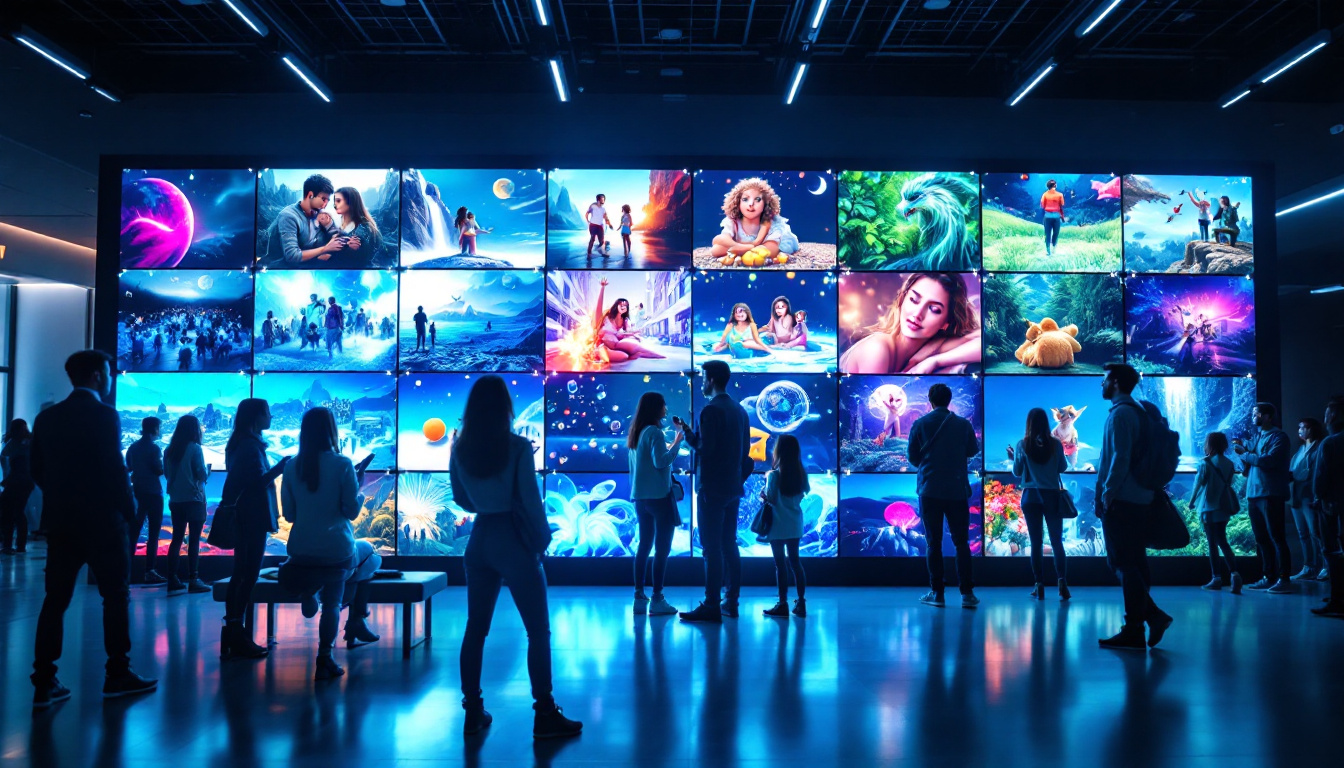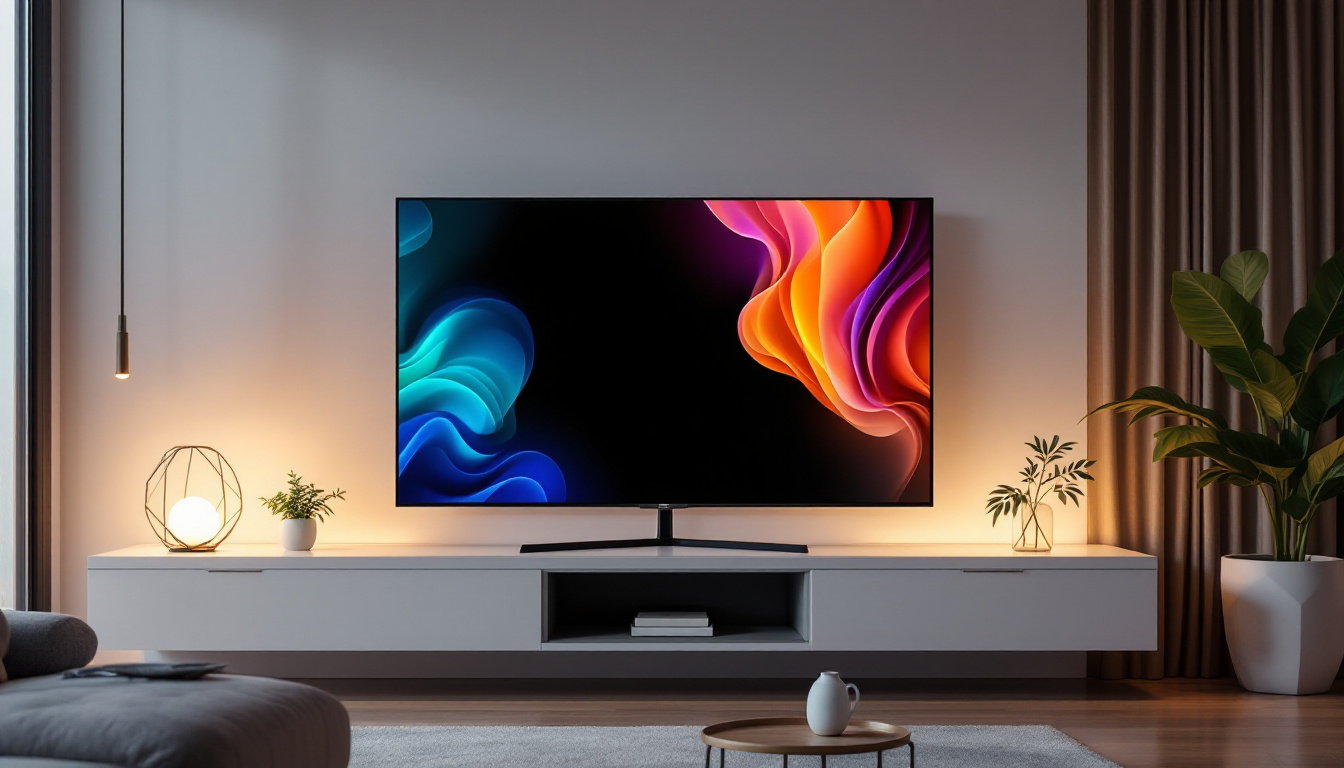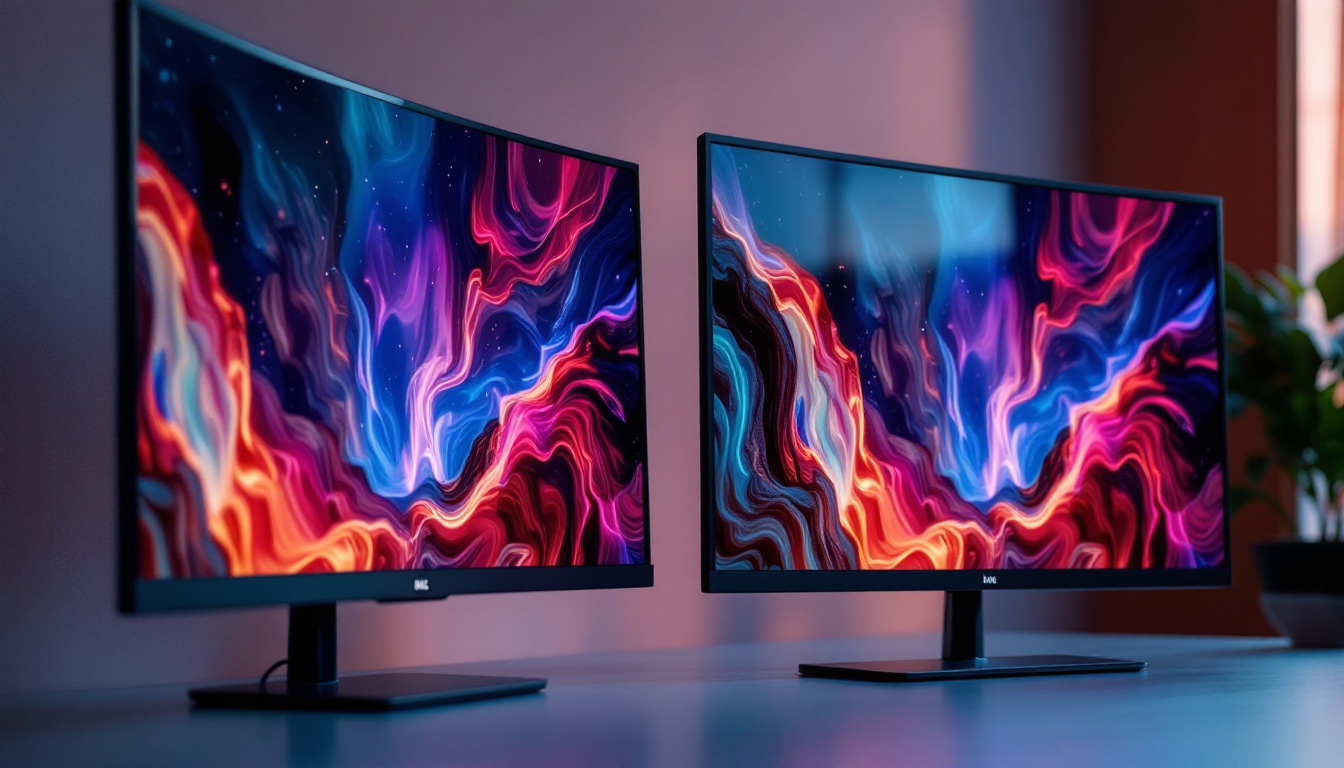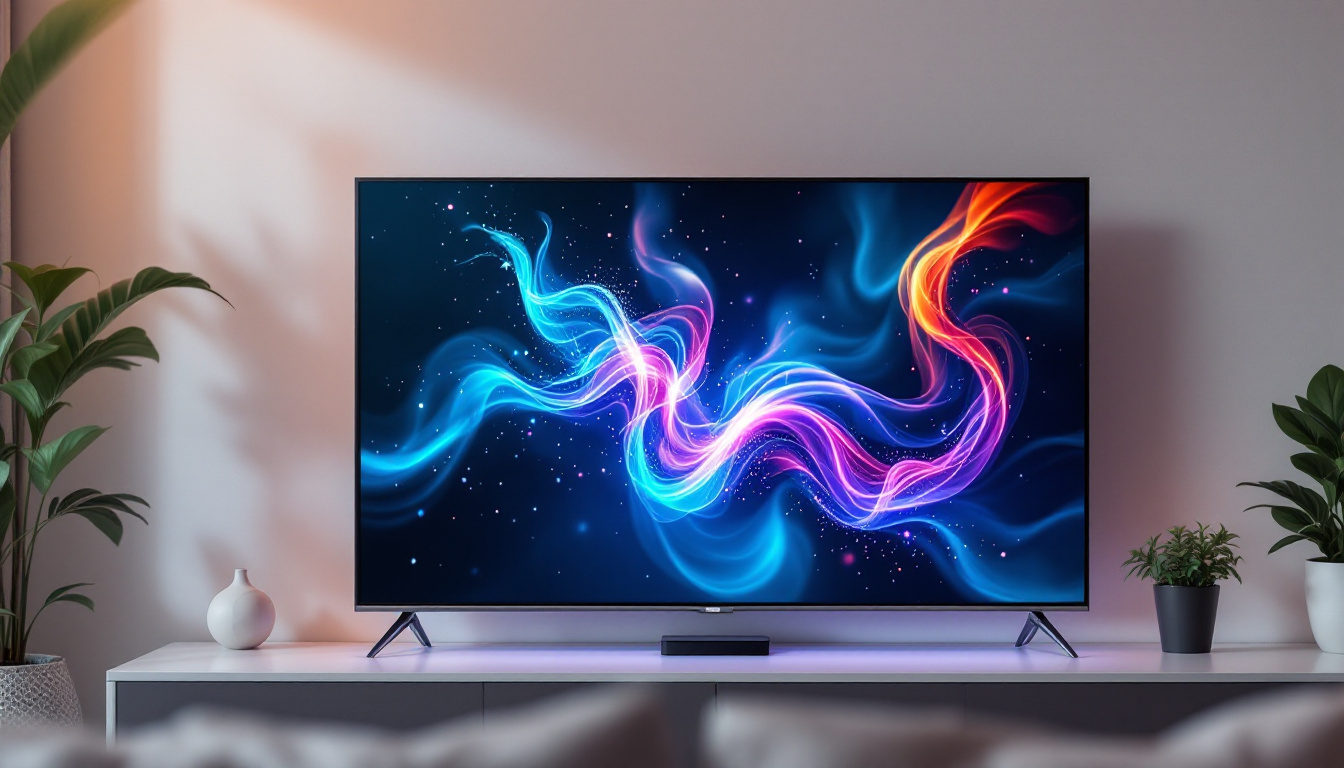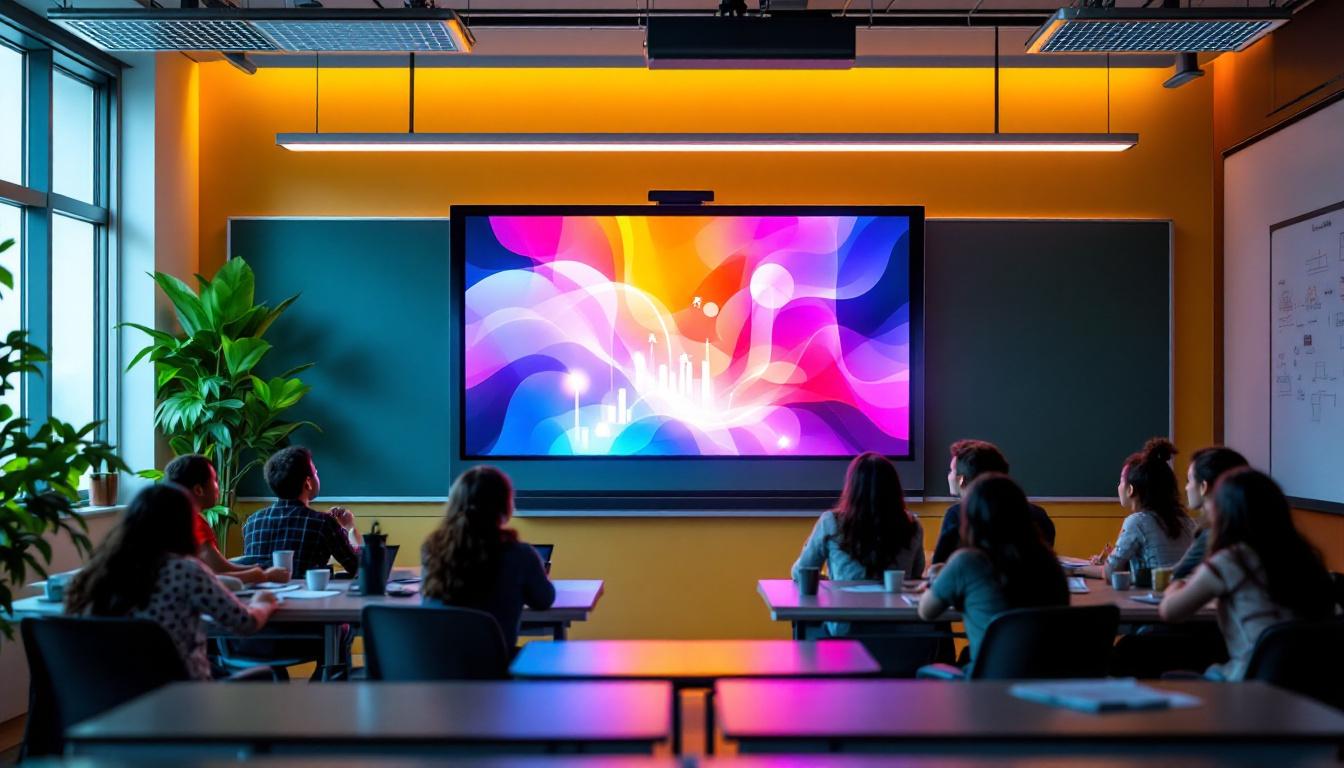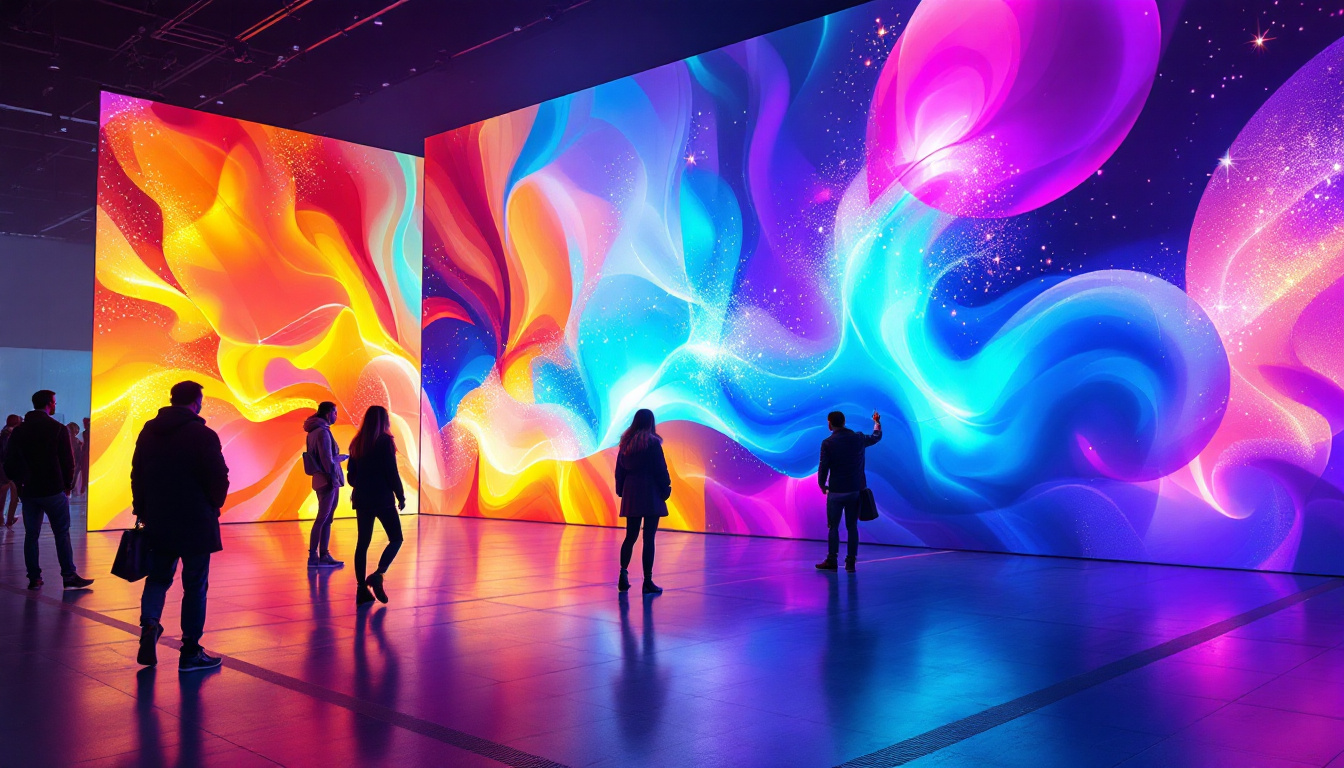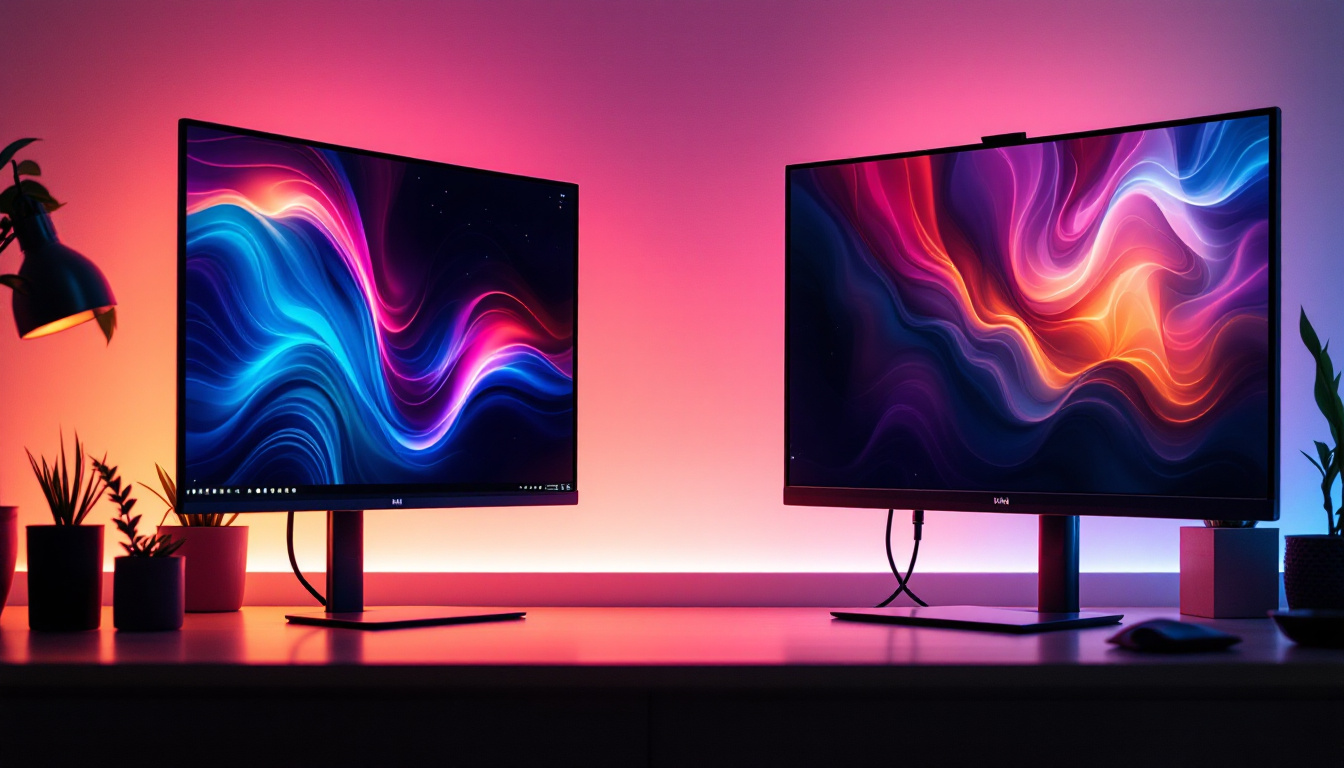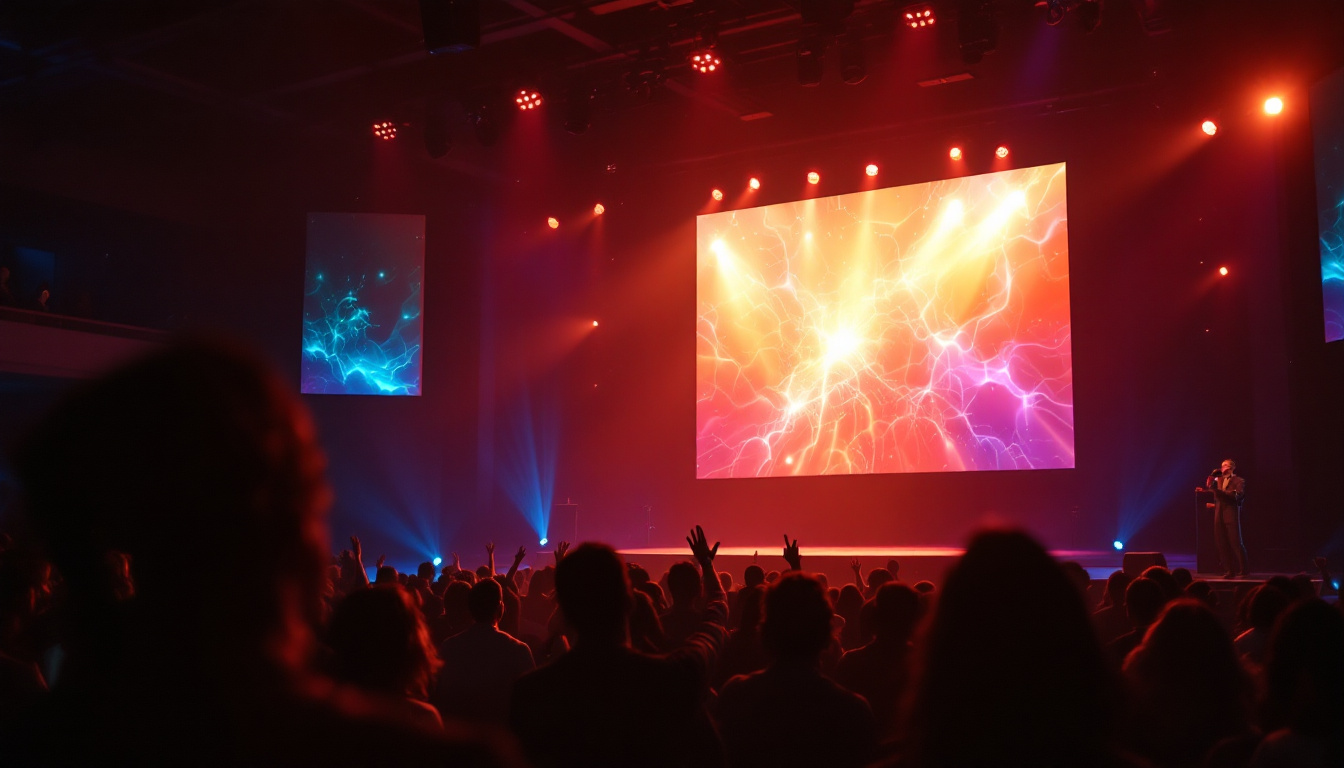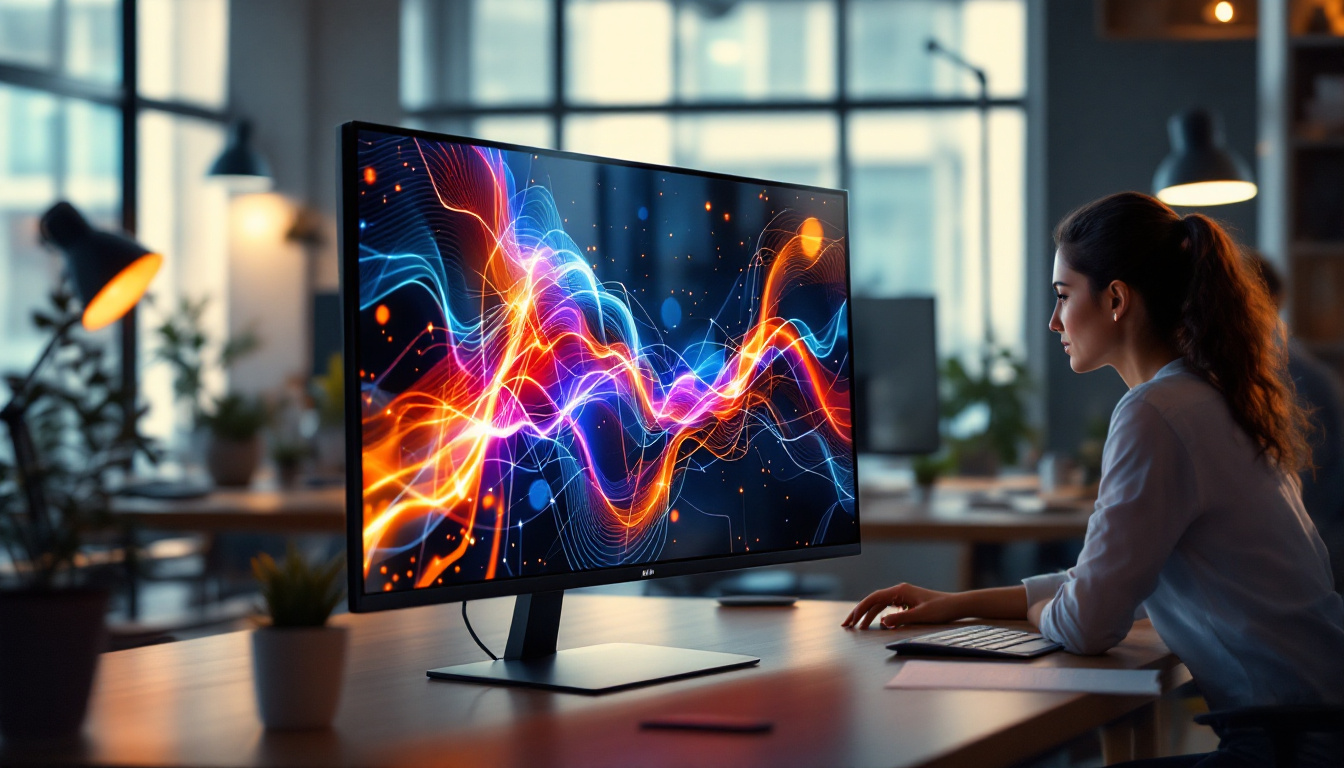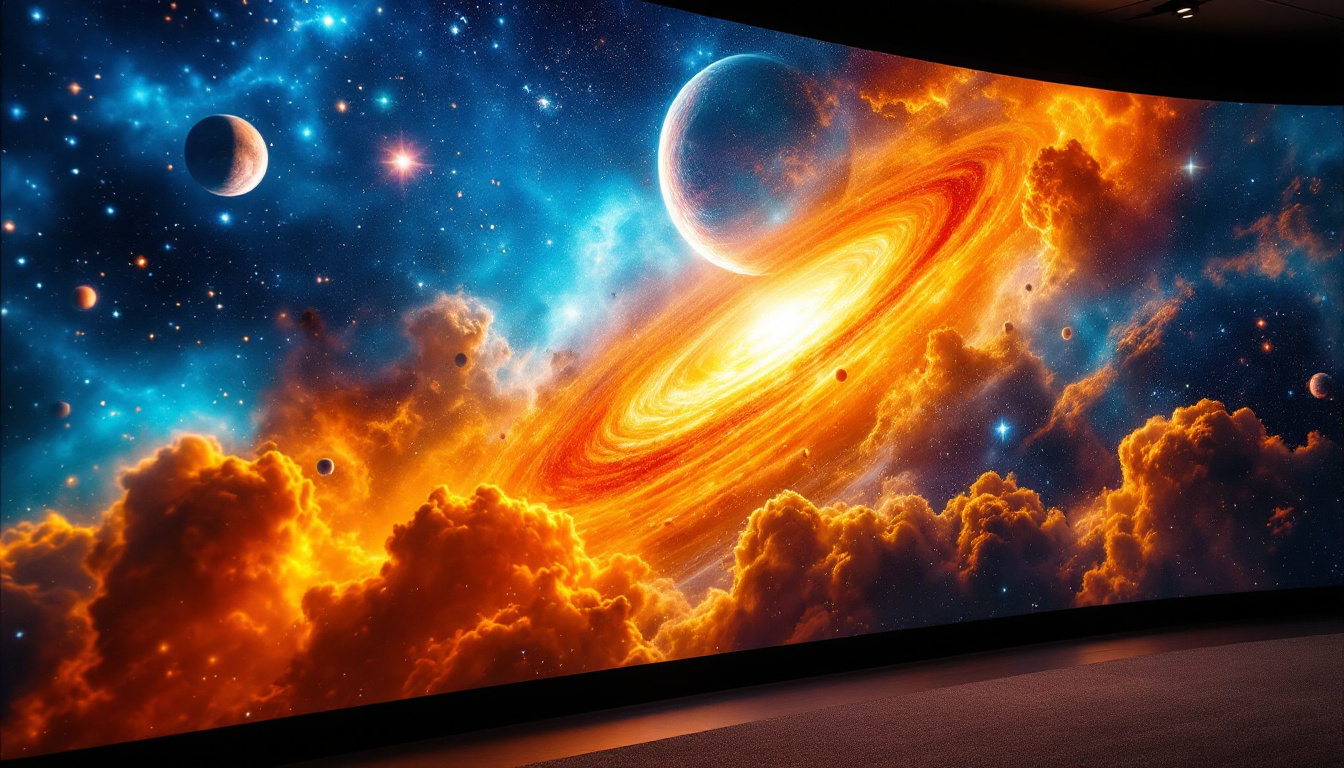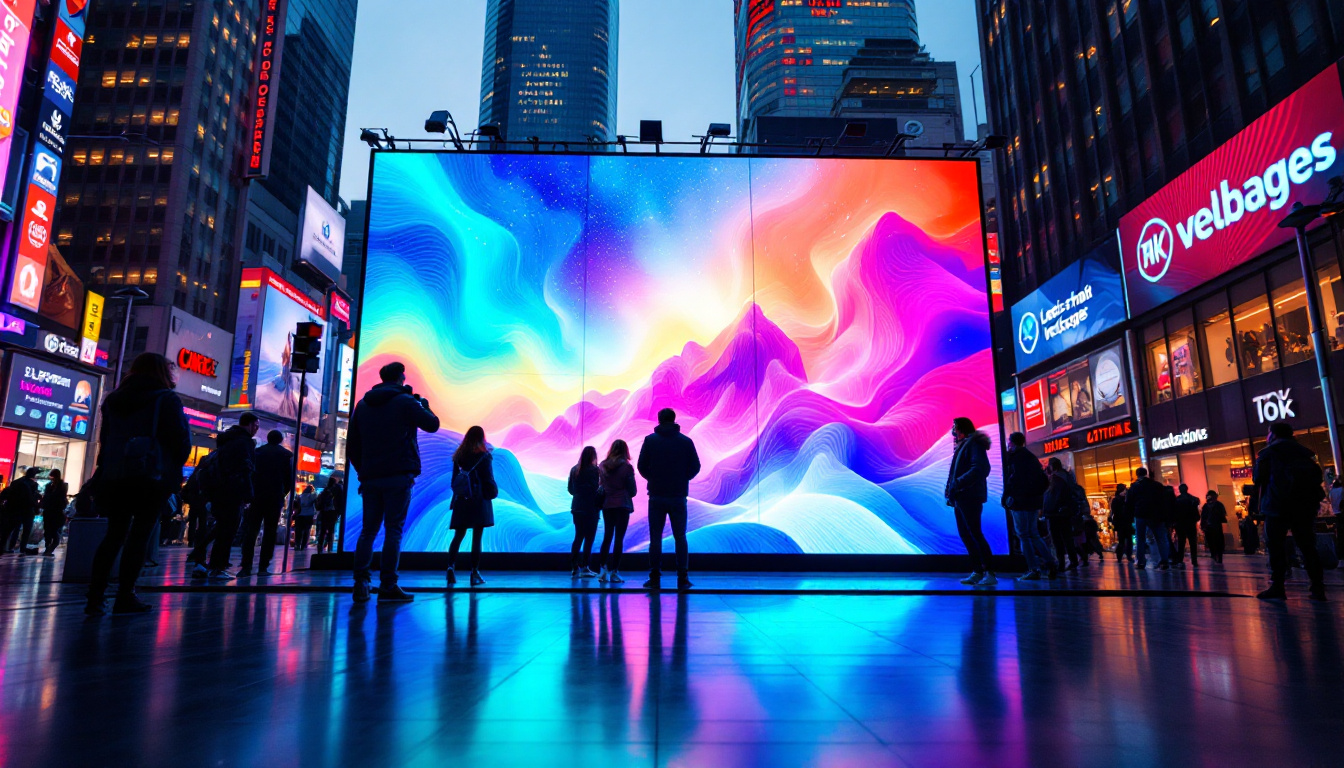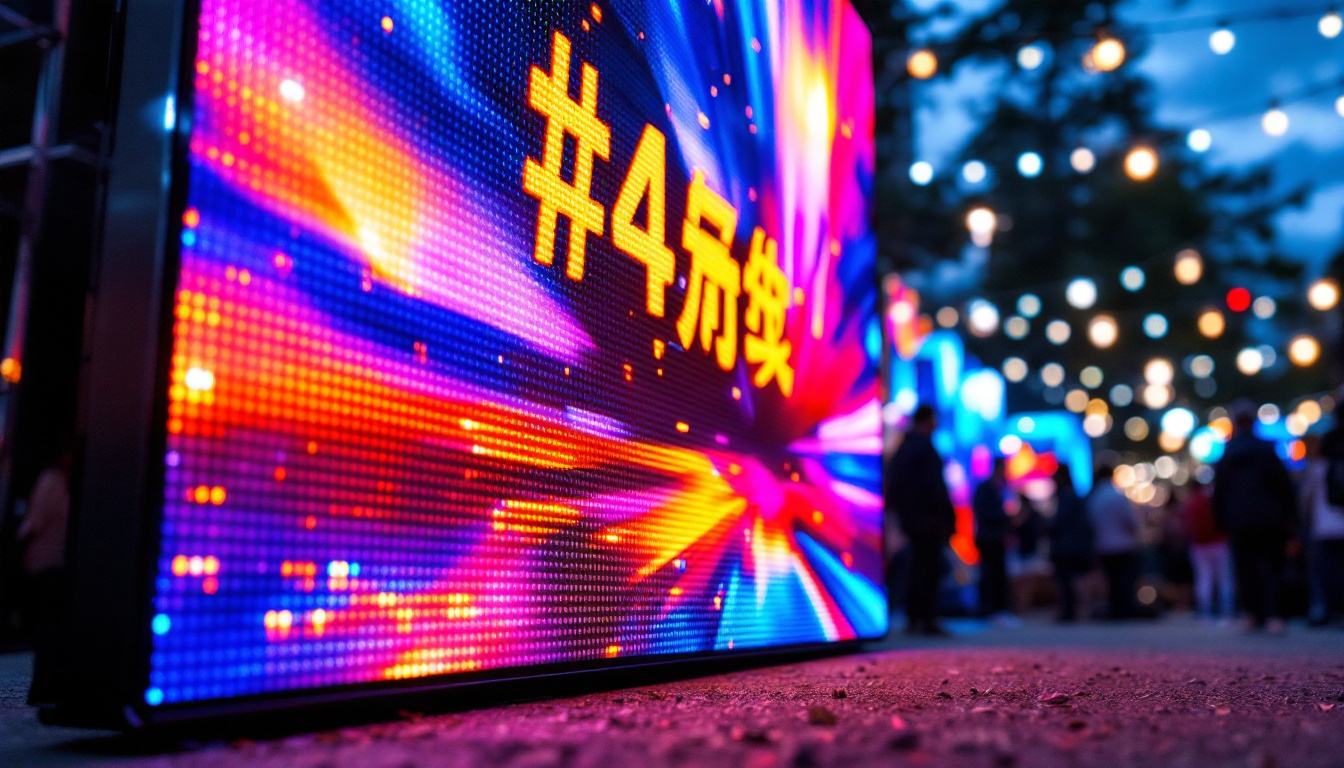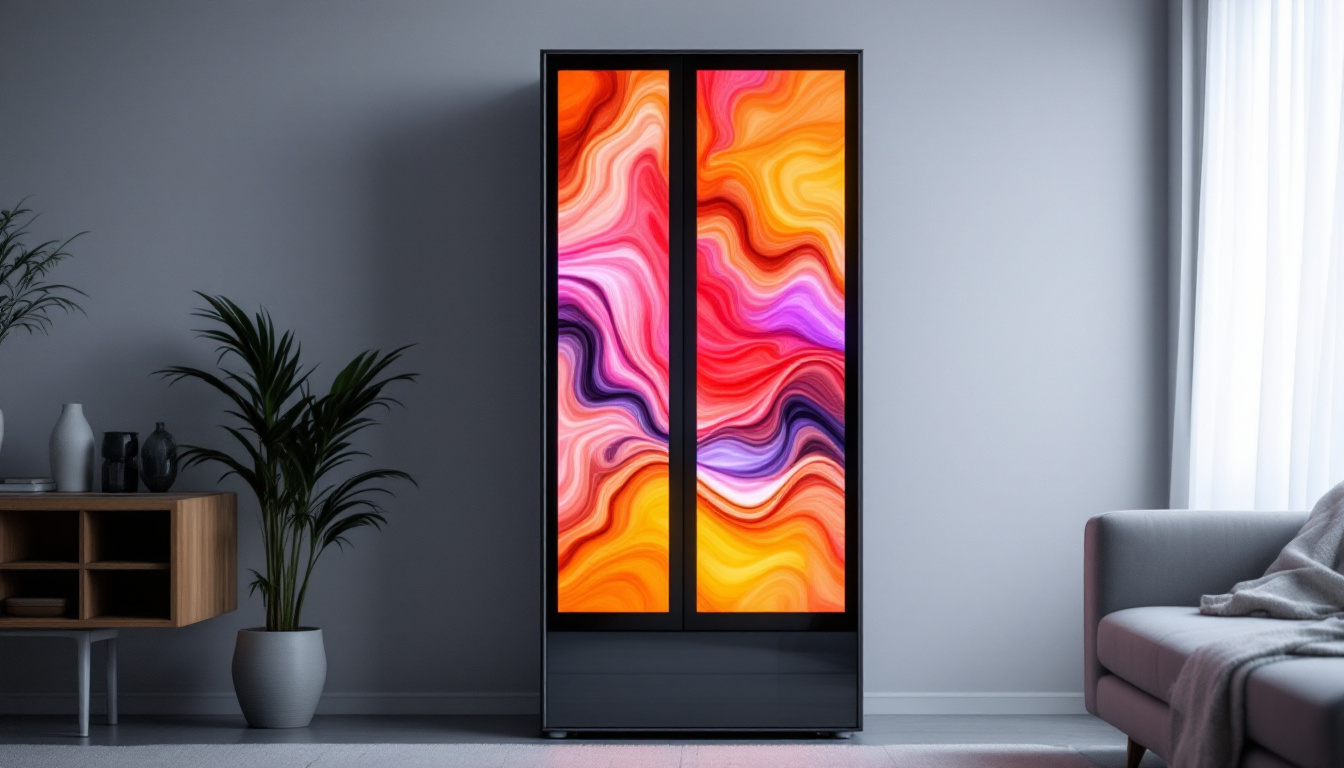The world of theatre is a captivating blend of art and technology, where every element plays a crucial role in storytelling. Among these elements, stage design stands out as a vital aspect that can significantly enhance the audience’s experience. One of the most transformative technologies in recent years has been the use of LED displays. This article delves into the intricacies of LED display technology in theatre stage design, exploring its benefits, applications, and future potential.
Understanding LED Display Technology
LED, or Light Emitting Diode, technology has revolutionized how visual content is presented on stage. Unlike traditional projection systems, LED displays offer a range of advantages that make them increasingly popular in theatre productions. Their ability to produce vibrant colors and sharp images enhances the overall aesthetic of a performance, drawing the audience into the narrative in ways that were previously unattainable. Furthermore, the durability and energy efficiency of LED technology contribute to lower operational costs, making it a practical choice for theatre companies looking to invest in high-quality visual experiences.
How LED Displays Work
At its core, an LED display consists of a matrix of tiny light-emitting diodes that create images and videos. Each pixel is made up of red, green, and blue diodes, which combine to produce a full spectrum of colors. When these pixels are arranged closely together, they form a cohesive image that can be viewed from various distances. The technology behind LED displays allows for high brightness levels and excellent color accuracy, making them suitable for both indoor and outdoor settings. Additionally, advancements in LED technology have led to the development of flexible and transparent displays, further expanding their applications in stage design. This flexibility not only allows for creative staging options but also enables designers to integrate the displays seamlessly into the overall set, enhancing the storytelling without overwhelming the audience.
Moreover, LED displays are equipped with advanced processing capabilities that allow for real-time video manipulation and effects. This means that during a performance, lighting designers can synchronize the LED visuals with live action on stage, creating a more cohesive and immersive experience. The ability to change visuals instantaneously also allows for quick scene transitions, keeping the pace of the performance dynamic and engaging.
Types of LED Displays Used in Theatre
There are several types of LED displays commonly used in theatre productions, each serving distinct purposes:
- LED Video Walls: These large screens can display high-resolution images and videos, making them ideal for backdrops or immersive environments. They can be programmed to showcase anything from scenic landscapes to abstract visuals that complement the mood of the performance.
- LED Curtains: Flexible LED curtains can be used to create dynamic stage backdrops or to separate different performance areas. Their ability to change colors and patterns in real-time adds a layer of depth to the stage, allowing for creative storytelling techniques that can transform the audience’s perception of space.
- Pixel Mapping: This technique involves using LED lights to create patterns or images on stage, allowing for a more interactive experience. By mapping visuals to specific elements of the set or performers, directors can craft a unique visual narrative that enhances the emotional impact of the story being told.
In addition to these types, there are also innovations like interactive LED displays that respond to audience movements or sound, further blurring the lines between performer and spectator. This interactivity not only captivates the audience but also encourages them to become part of the performance, creating a memorable and engaging theatre experience that resonates long after the curtain falls.
The Advantages of Using LED Displays
The integration of LED displays into theatre stage design offers numerous advantages that enhance both the production quality and the audience’s experience.
Enhanced Visual Impact
One of the most significant benefits of LED displays is their ability to create stunning visual effects. The brightness and clarity of LED screens can captivate audiences, drawing them into the performance. This visual impact is particularly beneficial for productions that rely on elaborate sets and dynamic backdrops.
Moreover, LED displays can easily adapt to various themes and moods, allowing designers to change the atmosphere of a scene with just a few clicks. This flexibility is invaluable in modern theatre, where quick transitions between scenes are often necessary.
Cost-Effectiveness and Durability
While the initial investment in LED technology may be higher than traditional stage design elements, the long-term cost-effectiveness cannot be overlooked. LED displays consume less power and have a longer lifespan compared to conventional lighting and projection systems. This durability means fewer replacements and lower maintenance costs over time.
Additionally, the ability to reuse and reconfigure LED displays for different productions makes them a wise investment for theatre companies. The versatility of LED technology allows for a wide range of applications, from concerts to theatrical performances, ensuring that the investment pays off in various ways.
Applications of LED Displays in Theatre
LED displays are not just a trend; they have become essential tools in modern theatre productions. Their applications are diverse and can be tailored to fit the unique needs of each performance.
Dynamic Backdrops
One of the most common uses of LED displays in theatre is as dynamic backdrops. Instead of traditional painted sets, productions can utilize LED screens to create immersive environments that change throughout the performance. This capability allows for seamless transitions between scenes, enhancing the storytelling experience.
For example, a single LED backdrop can depict a bustling cityscape in one moment and transform into a serene forest in the next. This versatility not only saves time during scene changes but also captivates the audience with visually stunning imagery.
Interactive Elements
LED displays also enable the incorporation of interactive elements into theatre productions. By using motion sensors or audience engagement technologies, performers can interact with the visuals on stage, creating a more immersive experience. This interactivity can be particularly effective in children’s theatre or experimental performances, where audience participation enhances the overall enjoyment.
Furthermore, integrating social media feeds or live video streams into the performance can create a unique connection between the audience and the production, fostering a sense of community and engagement.
Challenges and Considerations
Despite the numerous advantages of LED displays, there are challenges and considerations that theatre designers must keep in mind when incorporating this technology.
Technical Limitations
While LED displays offer exceptional brightness and color accuracy, they can also present technical challenges. For instance, the resolution of the display must be appropriate for the viewing distance. If the audience is seated too far away, the individual pixels may become visible, detracting from the overall visual experience.
Additionally, the setup and calibration of LED displays require skilled technicians who understand the intricacies of the technology. Poorly calibrated displays can lead to issues such as color mismatches or uneven brightness, which can undermine the production’s quality.
Budget Constraints
The cost of high-quality LED displays can be a barrier for some theatre companies, particularly smaller or community-based organizations. While the long-term benefits are clear, the initial investment can be daunting. It is essential for theatre companies to weigh the costs against the potential return on investment when considering the integration of LED technology.
To mitigate these challenges, some theatres may choose to rent LED equipment for specific productions, allowing them to access the technology without a significant upfront cost. This approach can provide flexibility while still enhancing the overall production quality.
The Future of LED Displays in Theatre
As technology continues to evolve, the future of LED displays in theatre looks promising. Innovations in display technology are likely to lead to even more creative applications and enhanced performance experiences.
Advancements in Flexibility and Design
Future developments in LED technology may include even more flexible and lightweight designs, allowing for greater creativity in stage design. Transparent LED displays could enable designers to create layered visuals that interact with physical sets, blurring the lines between digital and traditional theatre elements.
Moreover, as the technology becomes more affordable and accessible, it is expected that more theatre companies will adopt LED displays, leading to a broader range of productions that utilize this innovative technology.
Integration with Other Technologies
The integration of LED displays with other technologies, such as augmented reality (AR) and virtual reality (VR), could further enhance the theatrical experience. Imagine a production where live actors interact with virtual elements projected onto LED screens, creating a seamless blend of reality and imagination.
This convergence of technologies has the potential to redefine storytelling in theatre, offering audiences an unprecedented level of engagement and immersion.
Conclusion
In conclusion, LED displays have become an integral part of modern theatre stage design, offering numerous advantages that enhance both the visual and emotional impact of performances. From dynamic backdrops to interactive elements, the applications of LED technology are vast and varied.
While challenges such as technical limitations and budget constraints exist, the benefits of LED displays often outweigh these obstacles. As technology continues to advance, the future of LED displays in theatre promises even more exciting possibilities, paving the way for innovative storytelling and unforgettable experiences.
Theatre companies that embrace this technology will not only enhance their productions but also contribute to the evolution of the art form itself. As the lines between digital and live performance continue to blur, LED displays will undoubtedly play a pivotal role in shaping the future of theatre.
Discover the Future of Theatre with LumenMatrix
Ready to elevate your theatre productions with the cutting-edge technology of LED displays? LumenMatrix is at the forefront of innovation, providing a wide array of LED display solutions that transform stages into dynamic and interactive canvases. From Indoor and Outdoor LED Wall Displays to Custom and All-in-One LED solutions, our products are designed to captivate your audience and deliver your message with unparalleled clarity. Embrace the future of visual storytelling and check out LumenMatrix LED Display Solutions today to create unforgettable theatrical experiences.

